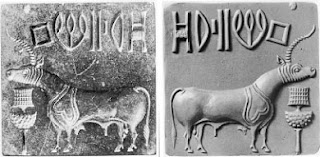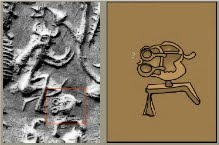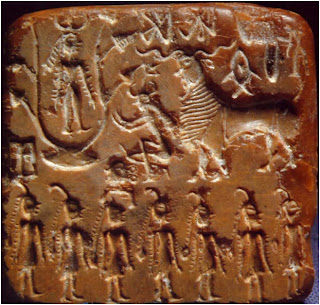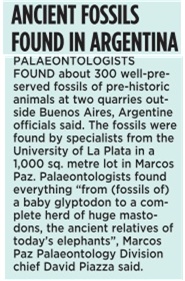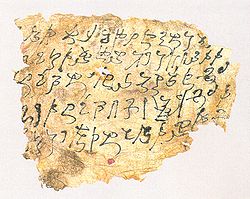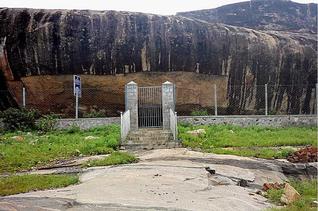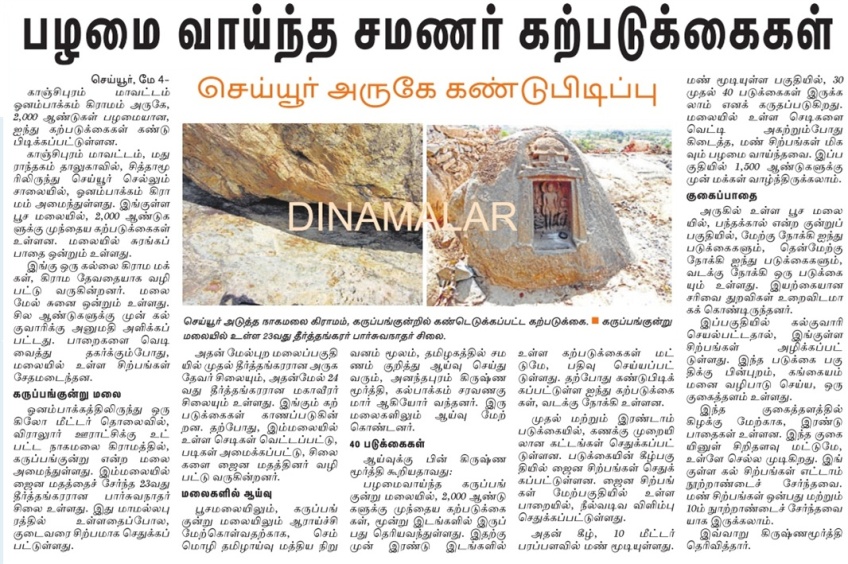தமிழின் பெருமை - கம்போடியாவில்!
உலகின் பெரிய வழிபாட்டுத்தளம் எது என்பது உங்களுக்கு தெரியுமா ? அதை யார் கட்டினார்கள் என்பது தெரியுமா ?
இது வரை நம் தமிழர்களின் சாதனைகள் பற்றி நான் தெரிவித்திருந்த தகவல்களிலேயே மிக சிறந்த ஒன்று இது! இந்த அதிசயத்தைப் நம் மக்களுடன் பகிர்ந்துக்கொள்ள நான் பெருமையடைகிறேன். ஆம் உலகிலேயே மிகப்பெரிய வழிப்பாட்டு தளம் "கம்போடியா" நாட்டில் நம் கலைத்திறமையை உலகிற்கே காட்டிய "அங்கோர் வாட்" கோயில்.
இரண்டாம் "சூர்யவர்மன்" இந்த இடத்தை கைப்பற்றியவுடன் இந்த பிரம்மாண்ட கோயிலை இங்கு கட்டினான். இந்த இடம் தான் அவனின் தலை நகரமாக செயப்பட்டது. ஒரு பெருமையான விஷயம் சொல்லாட்டுமா?, வைணவத் தளமான இந்த கோயிலானது தான் இன்று வரை உலகில் கட்டப்பட்ட வழிபாட்டுத்தலங்களிலேயே பெரியது!!
இந்த கோயிலை ஒரு கலை பொக்கிஷம் என்றே கூறலாம், திரும்பிய திசை எல்லாம் சிற்பங்களை வடித்துள்ளனர். இந்த கோயிலின் ஒரு பக்க சுற்று சுவரே 3.6 கிலோமீட்டர்கள் !!! அப்படி என்றால் இந்த கோயில் எவ்வளவு பிரம்மாண்டமாக கட்டபட்டிருக்கும் என்பதை கொஞ்சம் கற்பனை செய்து பாருங்கள்.( மீண்டும் ஒரு முறை ), இதன் சுற்றி சுவர் மட்டுமே 3.6 கிலோமீட்டர்கள் !!!
இந்த கோயிலின் ஆரம்பக்கட்ட வடிவமைக்கும் பணிகளானது பனிரெண்டாம் நூற்றாண்டின் முதலாம் பாதியில் தொடங்கியது. இருபத்தி ஏழு வருடங்கள் இந்த இடத்தை ஆண்ட "சூர்யவர்மன்" இறக்கும் சில ஆண்டுகள் முன்பு இதன் வேலைகள் நிறைவடைந்தது .இதன் பின்னர் ஆறாம் "ஜெயவர்மன்" கைக்கு மாறியது .பின்னர் இந்த கோயில் கொஞ்சம் கொஞ்சமாக "புத்த" வழிபாடு தளமாக மாற்றப்பட்டு. இன்று வரை இது புத்த வழிபாட்டுதளமாகவே செயல் பட்டு வருகின்றது!.
பதினாறாம் நூறாண்டிற்கு பிறகு இந்த கட்டிடம் சிறிது சிறிதாக புறக்கணிக்கப்பட்டது , அடர்ந்த காட்டுக்குள் இது கட்டப்படதனால் இது யார் கண்ணிற்கும் படாமல் சிதலமடயத்தொடங்கியது.பின்னர் 1586 ஆம் ஆண்டு "António da Madalena" என்ற போர்சுகீசிய துறவியின் கண்ணில் பட்டது, அதை அவர் "is of such extraordinary construction that it is not possible to describe it with a pen, particularly since it is like no other building in the world. It has towers and decoration and all the refinements which the human genius can conceive of." என்று கூறியுள்ளார்.
பின்னர் Henri Mouhot என்ற பிரெஞ்சு எழுத்தாளர் தன் புத்கத்தில் இந்த கோயிலின் சிறப்பை வெயிட்டவுடன் தான் இதன் புகழ் உலகம் முழுக்கும் பரவத்தொடங்கியது. அவர் அந்த புத்தகத்தில் One of these temples—a rival to that of Solomon, and erected by some ancient Michelangelo—might take an honourable place beside our most beautiful buildings. It is grander than anything left to us by Greece or Rome, and presents a sad contrast to the state of barbarism in which the nation is now plunged என்று குறிப்பிட்டுள்ளார்!! பின்னர் இங்கு ஆய்வு பணிகளை மேற்கொண்ட பிறகு தான் இது நாம் கட்டியது என்று தெரியவந்தது!!
இன்றைக்கு இருக்ககூடிய தொழில்நுட்பத்தை பயன்படுத்தி கட்டினால் கூட, இப்போதைக்கு இது போன்ற ஒரு கட்டிடம் கட்ட 300 ஆண்டுகள் ஆகும் என ஒரு பொறியாளர் கூறி உள்ளார்.ஆனால் எந்த தொழில் நுட்பமும் இல்லாத அந்த காலத்தில் வெறும் 40 ஆண்டுகளில் இது கட்டிமுடிக்கப்பட்டுள்ளது இதில் இன்னொரு சிறப்பு "கம்போடிய நாட்டு தேசியக்கொடியில் நம் தமிழர்கள் கட்டிய இந்த கோயில் தான் "தேசிய சின்னமாக"ஆட்சிப் பொறுப்பு பொறிக்கப்பட்டுள்ளது!.
இதை பற்றி எழுத சொன்னால் இந்த நாள் முழுவதும் இதன் சிறப்புகளை வரிசை படுத்திக்கொண்டே இருக்கலாம், கடைசியாக ஒன்று இந்த 2012வரை கண்டுபிடிக்கப்பட்டுள்ள தொழில்நுட்பம் வாய்ந்த ஒரு கேமராவில் கூட இன்று வரை இதன் முழு கட்டிடத்தையும் படம் பிடிக்க முடியவில்லை!! வானத்தில் 1000 அடிக்கு மேல் விமானத்த்ல் இருந்து எடுத்தால் மட்டுமே இதன் முழு கட்டிடமும் பதிவாகின்றது!! இவ்வளவு சிறப்பு வாய்ந்த இந்த இடத்தை பற்றி எத்தனை பேருக்கு தெரியும் என்பது தெரியவில்லை! குறிப்பாக இது நம் தமிழ் மன்னன் கட்டினான் என்பது எத்தனை தமிழர்களுக்கு தெரியும் என்பதும் கேள்விக்குறியே!!
இன்றும் தாய்லாந்தில் மன்னர், ஆட்சிப் பொறுப்பு ஏற்பதற்கு முன் நமது திருப்பாவையை தாம் பாராயணம் செய்து பின்னர் பதவி ஏற்பதுதான் வழக்கத்தில் உள்ளது.
http://bhargavkesavan.blogspot.in/2012/02/blog-post_16.html

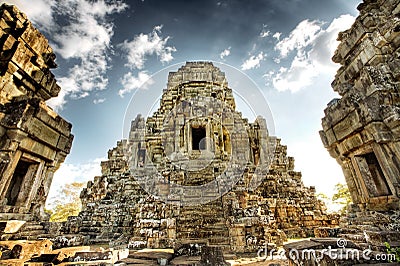
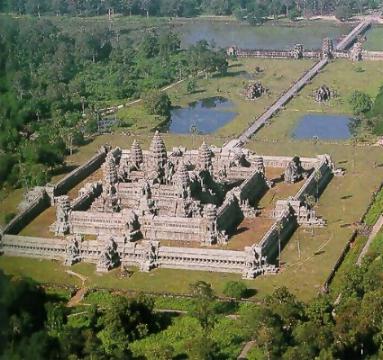




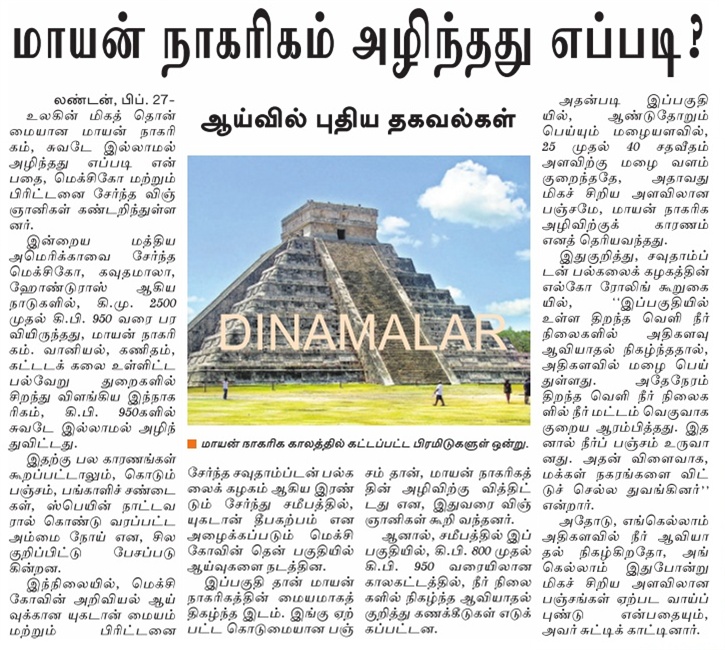




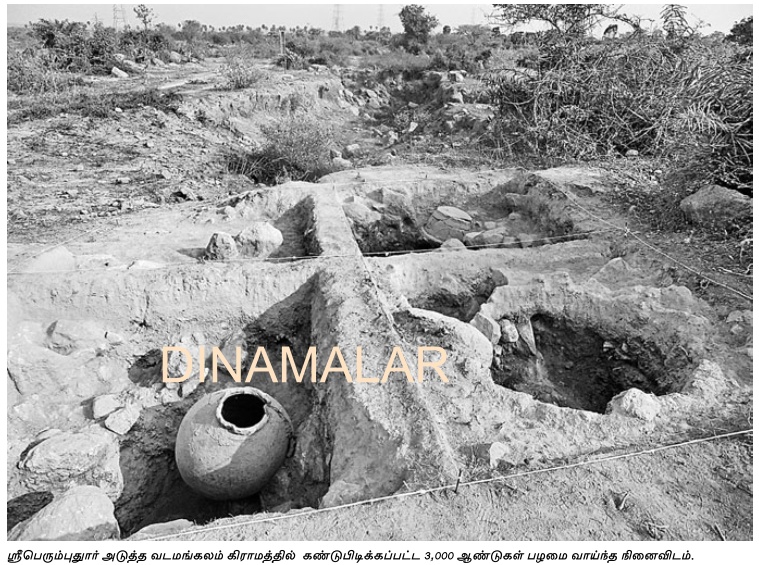

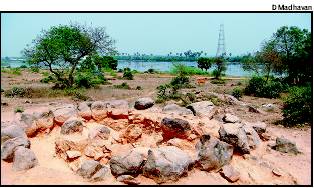
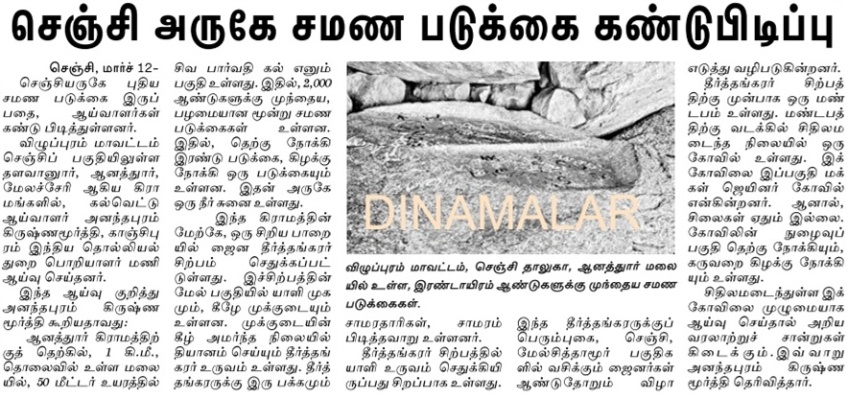
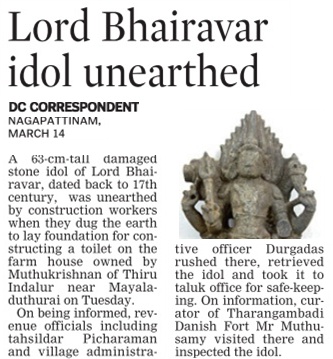
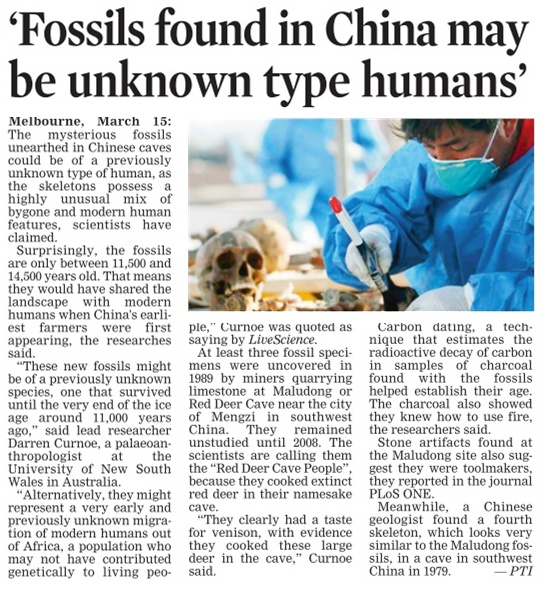

 In the summer of 2009,
In the summer of 2009, 






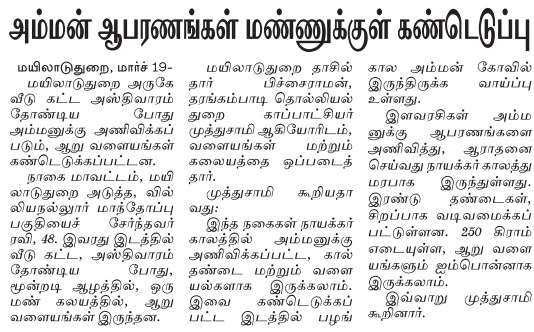
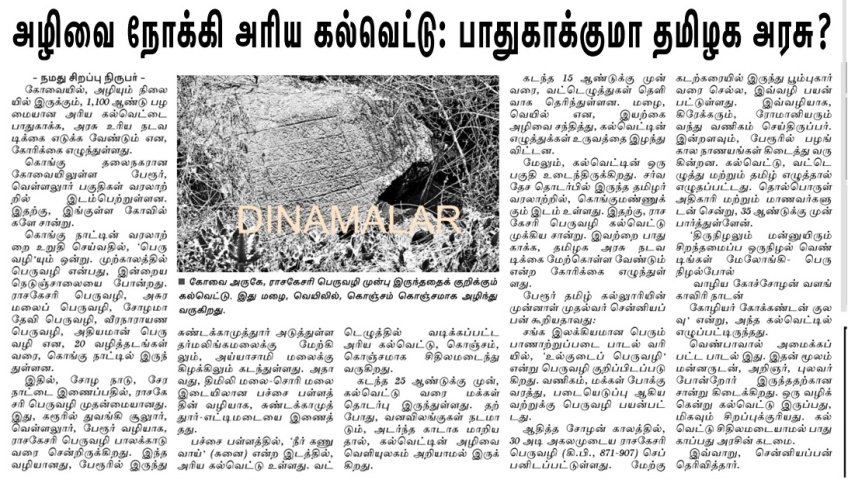
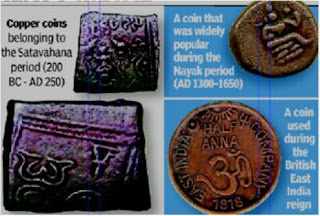
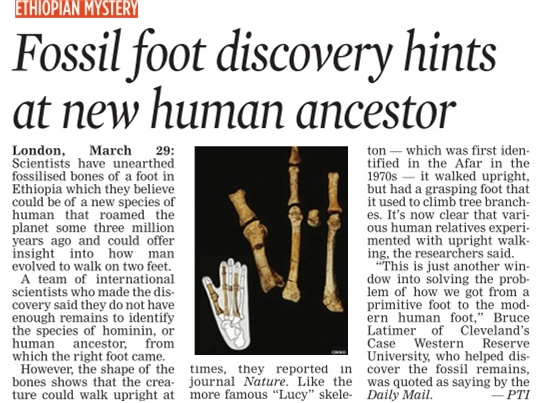





























 Looking at the earth from above can reveal incredible secrets.
Looking at the earth from above can reveal incredible secrets. 




